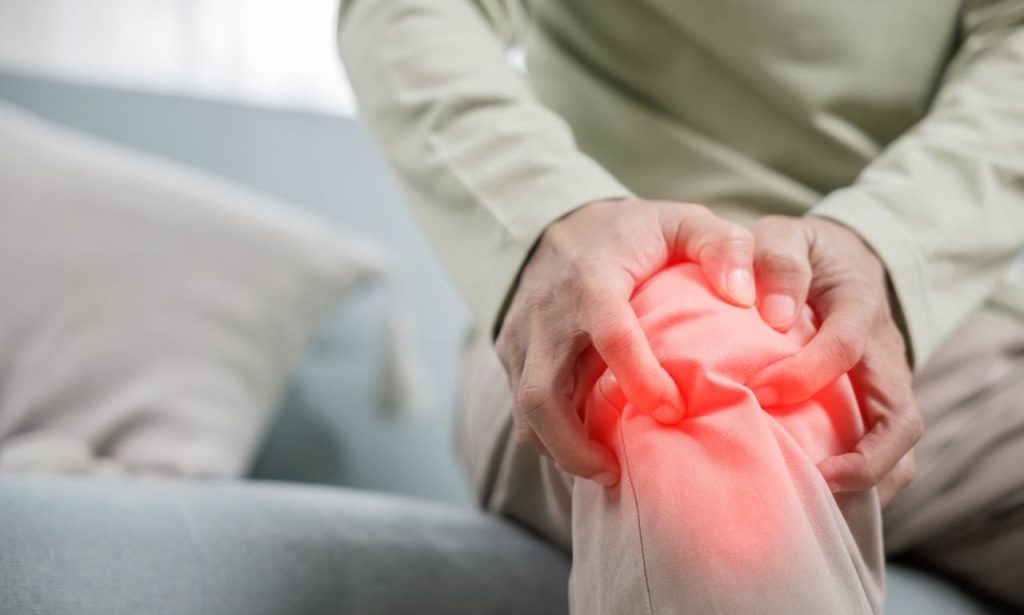After a serious accident, the physical wounds are only part of the story. What many people don’t realize is the profound impact an injury has on their daily life, both emotionally and physically. In this article, we’ll cover practical, real-world methods for documenting pain and suffering. You’ll learn how medical records, personal journals, video logs, and expert testimony all play into building a strong personal injury case. If you’re dealing with physical or emotional trauma, or supporting someone who is, keep reading—this guide will show you how to protect your rights and maximize your compensation.
Comprehensive Medical Records

Routine doctor visits, therapy reports, psychiatric records, and even follow-up appointment notes form the backbone of your claim. If you visit your physician regularly, ensure that all aspects of your health, from physical symptoms to mental health concerns, are documented. Don’t downplay pain. If your knee hurts every time you climb stairs, say it. These records build a timeline, which is key when insurance companies try to minimize your case.
For example, Elissa M., a client at Fusco, Brandenstein & Rada, P.C., secured a six-figure settlement after her spinal cord injuries were well-documented across several months. Her treatment notes detailed not just the physical therapy but also her emotional decline, all backed by her psychologist’s assessments.
Personal Pain Journals
A pain journal might sound old school, but it can be one of the most compelling pieces of evidence you’ll ever submit. Write down how you feel every day, what you’re struggling with, what medications you took, and what activities you missed. Be honest and specific.
Caitlyn M., for instance, kept a digital pain journal after suffering brain damage in a skiing accident. When her memory began failing, her entries helped show her mental decline and the loss of independence she experienced. That journal later played a pivotal role in helping her attorney prove long-term cognitive impairment.
Photographic and Video Evidence
A picture is worth a thousand words. Photos of bruising, swelling, medical devices (like braces or casts), and even the injury site itself can back up your claim. Video footage, on the other hand, offers an even richer layer of detail.
Document your daily challenges. Record a video of how you struggle to get out of bed or use crutches. These clips are hard to argue with and provide insurers with an honest look into your world after an injury.
Witness Statements
Testimony from family, friends, and even coworkers can demonstrate the significant impact on your life. Your spouse might mention how you’ve stopped sleeping through the night. A boss could talk about missed workdays and altered behavior. These statements provide a complementary perspective to your reports and medical files.
Let’s say your neighbor notices you stopped walking your dog daily. That’s a tiny detail, but when repeated by others, it paints a picture of the life you lost due to your injury.
Expert Testimony
Medical experts, mental health professionals, and even occupational therapists can provide clarity and weight to your pain claims. Their opinions help translate your experiences into medical language that courts and insurers understand.
For instance, a mental health professional might explain how PTSD from a car crash has led to chronic anxiety and impacted your career. This takes your internal suffering and gives it external validation.
Tools and Techniques for Effective Documentation
Health Apps and Trackers
Apps like MyPainDiary or Symple can help you track symptoms in real-time. Wearable technology, such as Fitbits and Apple Watches, can monitor sleep disruptions or heart rate spikes associated with anxiety episodes. Don’t overlook digital tools—they’re not only convenient but also produce consistent data that can be shared with injury attorneys.
Imagine presenting six months of sleep data from your smartwatch showing how chronic pain has wrecked your rest. It’s hard evidence that strengthens your claim.
Digital Diaries and Logs
Modern problems require modern solutions. Use Google Docs, OneNote, or journaling apps like Day One to maintain a running log of your physical and emotional status. Unlike paper journals, these are time-stamped, which adds credibility to the information.
Even better, you can easily share them with your personal injury lawyer or medical experts. It also makes organizing notes for court much simpler.
Video Logs
Think of this like vlogging, but more personal. A daily or weekly video update showing how you’re doing physically and mentally adds depth that written words often lack. Please discuss your pain level, its impact on your work, or the activities you’re currently missing. These human moments resonate with juries and insurers more than clinical notes ever will.
Legal Considerations
Role of a Personal Injury Lawyer
You’re not expected to go through this alone. A skilled lawyer understands how to compile and present all of your evidence for maximum effect. They’ll make sure everything—from your pain journal to your Fitbit data—is admissible and persuasive. They also know which expert witnesses can tip the scales in your favor.
If you’re in New York or another state with a tight statute of limitations, legal timing becomes even more critical. Miss a deadline, and no amount of documentation can save your case.
Preparation for Negotiations
Insurers often downplay non-economic damages. That’s their job. Your job, and your lawyer’s, is to push back with documented proof of your suffering. Having a journal, photos, and expert testimony provides leverage in negotiations and can significantly boost your settlement amount.
Insurance companies are professionals at finding loopholes. They’ll say things like, “Pain is subjective” or “Your injury doesn’t look that severe.” That’s why documentation is king. Provide a consistent record. Ensure that your pain and suffering are documented by medical professionals and supported by tangible evidence of its impact.
When your story and your documents line up, it’s much harder for an insurer to deny your claim.
Understanding Compensation Calculation

Multiplier Method
The multiplier method is a standard formula insurers use. They total your economic damages—like medical bills and lost wages—then multiply that by a number (usually between 1.5 and 5) depending on how severe your pain and suffering is. The more detailed your documentation, the higher the multiplier you might qualify for.
If you’ve had surgeries, therapy, long recovery periods, and a disrupted lifestyle, you’ll fall on the higher end of the scale. That’s more money in your pocket.
Per Diem Method
Alternatively, the per diem method assigns a daily rate (say, $200) for every day you experience pain after the injury. If you’ve suffered for 100 days, that adds up fast. However, you must also demonstrate that those 100 days were filled with genuine, trackable distress—backed by records, photos, and expert opinions.
Without documentation, it’s just your word against theirs.
Conclusion
Pain is personal, but proving it doesn’t have to be difficult. Whether you’re facing a long recovery from physical injuries or trying to make sense of emotional distress after a trauma, the proper documentation can be your ticket to fair compensation. Keep medical records. Write down your pain—record videos. Involve expert voices. And most importantly, get a personal injury lawyer who knows how to tell your story to insurance companies and courts alike.
ALSO READ: What is the Role of Dashcams in Car Accident Claims?
FAQs
Comprehensive documentation, including medical records, a pain journal, photos, and expert testimony, is the most effective approach.
Absolutely. Health tracking apps, digital journals, and video logs from your phone can all help support your claim.
Until your claim is settled or your lawyer advises otherwise. The longer your timeline, the stronger your case.
Yes. Emotional and psychological symptoms like anxiety, depression, or PTSD are valid parts of a pain and suffering claim.
They can. When supported by medical notes and consistent reporting, journals can play a key role in settlement negotiations.




